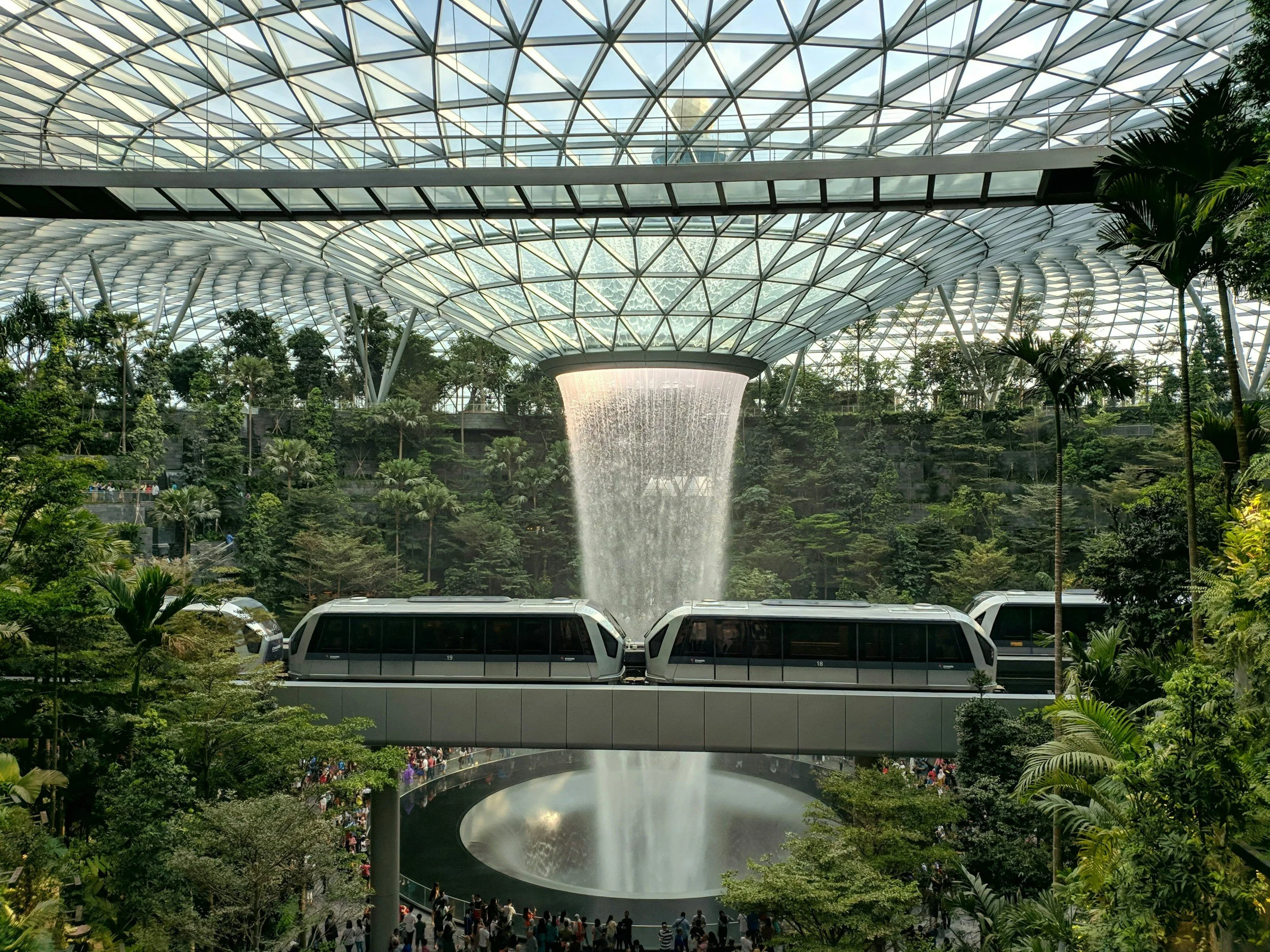
Blog
Ideas That Spread

What is a “Living Brand”?
In the ever-evolving world of branding, the concept of a "living brand" emerges as a beacon of innovation and responsiveness. A living brand is akin to a sentient being; it possesses the ability to sense, empathize, decide, act, and evolve. It is adept at gathering and processing data to understand and respond to customer needs, recognize emotions, make valuable decisions, and learn from past outcomes to enhance future outcomes.

And the Award for AI Word of the Year Goes To… Tapestry
Lately, I’ve noticed something odd in branding. Every company is weaving its story into a “tapestry.” Yes, tapestry. It’s as if AI decided this was the magic word to convey elegance, complexity, and sophistication. Suddenly, every mission statement is a “tapestry of values” or a “tapestry of innovation.” If AI had a Word of the Year, tapestry would win by a landslide.

How EV Brands Are Rewriting the Rulebook (and What You Can Apply To Your Brand)
Throughout my career, I've had a front-row seat to the evolution of some of the world's most innovative brands. From the tech giants of Silicon Valley to the global disruptors in finance and energy, I've witnessed firsthand the power of brand building, identity design, and compelling communication. But nothing has captivated me quite like the electric vehicle (EV) revolution.
